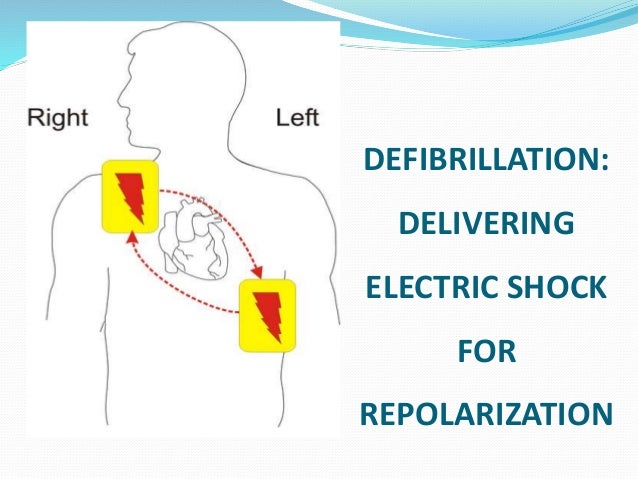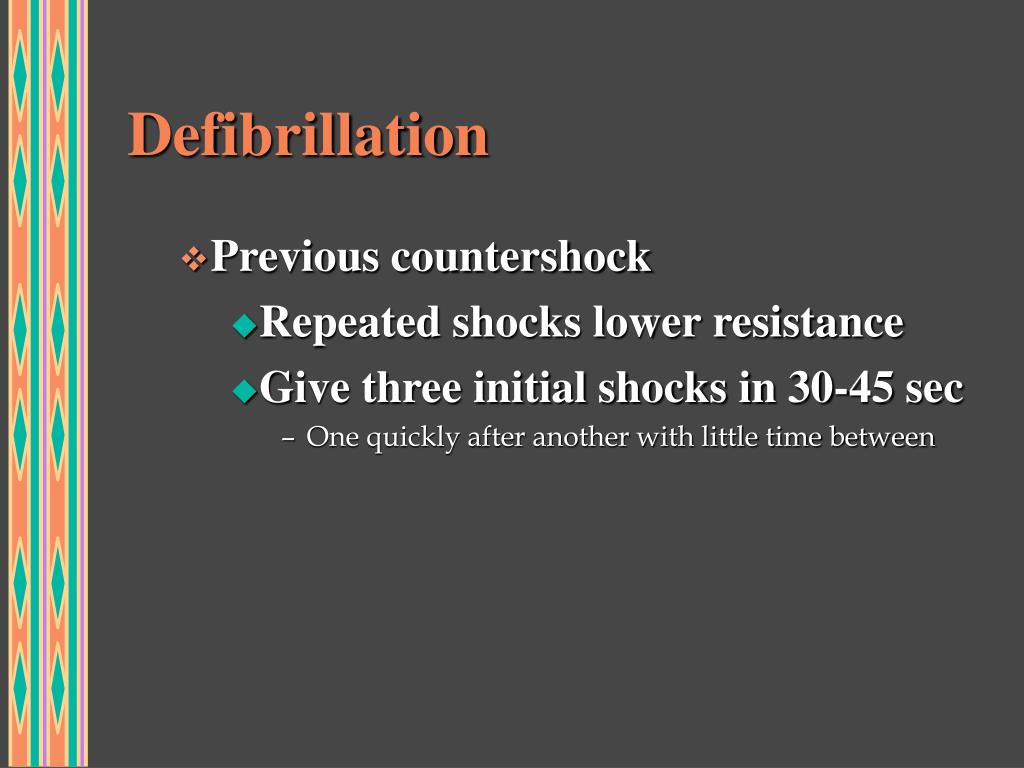Low battery
Battery level is below 20%. Connect charger soon.
Cpr should be continued as the defibrillator is charged, and a full top-to-toe sweep should be completed. · according to the resuscitation council uk, early defibrillation is a key link in the “chain of survival”, the sequence of actions that give someone the best chance of surviving cardiac arrest. · there is a common misconception that an aed will shock the heart, even if it is not supposed to, but one of your defibrillator’s key skills is knowing when to shock, and when to not. · defibrillation is the process of delivering a controlled electric shock to the heart to stop abnormal electrical activity and allow the heart’s normal rhythm to reestablish itself. Clinical studies have demonstrated improved defibrillation success and increased survival to hospital discharge when using a single-shock defibrillation protocol compared to a three-stacked … This blog post will guide you through the essential steps, including which action should you take immediately after providing an aed shock, the importance of combining cpr and aed use to … · before defibrillation, no staff or equipment must be touching the patient. · ensuring immediate medical attention, providing post-defibrillation care, securing and documenting aed use, and maintaining and inspecting the aed are all critical actions. Take time to allow your heart to ‘calm down’. Check to see if you notice any of the following: Read on to learn what to do immediately after providing an aed shock. Close your eyes and focus on your breathing. This guide will walk you through the essential next steps, ensuring the best … · youve just provided an aed shock to someone undergoing sudden cardiac arrest, now what? Do you have chest pain or chest pressure? · knowing the right steps to take after using a defibrillator is just as critical as using the device itself.




